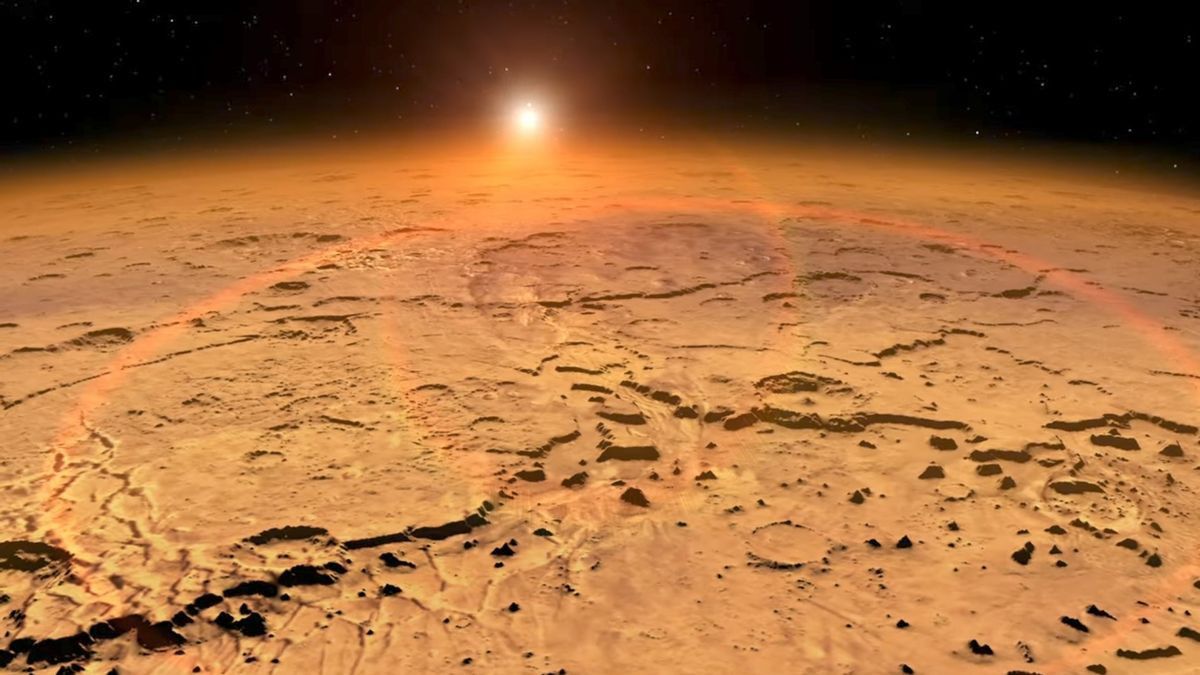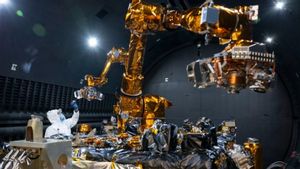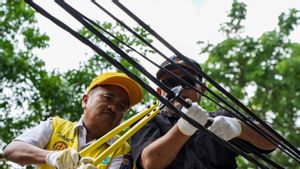JAKARTA - Currently, there are many companies and space agencies from various countries that want to reach Mars. The planet looks much more interesting to explore even though its atmosphere is filled with carbon dioxide.
Mars has been explored for decades with almost the same goal as other exploration missions, namely the search for signs of life. However, until now, the signs of life have never been seen even though Mars is believed to have rivers in the past.
According to Astrobiologist Dirk Schulze-Makuch from Berlin Engineering University, this may have happened due to NASA's negligence in landing the first spacecraft on Mars. There is a possibility that this exploration attempt has destroyed microbes on Mars.
Viking 1 was the first vehicle to land and explore Mars. This NASA-owned spacecraft was launched to conduct experiments, one of which was testing Martian soil to find biological signs or life such as molecular traces.
This is the first and only biological study ever conducted on the Red Planet. During testing, Viking discovered the chlorinated organic substance interpreted as contamination of human cleaning products. From these findings, no biological signs were found.
Schulze-Makuch says that Viking biological experiments have undermined signs of life on the planet. The reason is, Mass Gas-Spectrometer Chromatography (GCMS) needs to heat samples to separate various materials in it.
SEE ALSO:
According to the scientists' analysis, this action actually burns organic material that can be found in the sample. In other words, NASA has done the wrong method of biological research.
Labeled discharge experiments and pyrolithic release can also destroy the original proof of life as this action involves planting fluids into Martian samples. The discharge experiment is also considered poorly planned because it reflects on life on Earth.
If you look at the results of Mars exploration and research so far, Schulze-Makuch says that we are still far from conclusive. NASA or other space agencies need to carry out further investigations and with the right method of finding other signs of life.
"Almost 50 years after the Viking biology experiment, now is the time for another life detection mission now that we have a much better understanding of the Martian environment," Schulze-Makuch wrote at Nature Astronomy.
The English, Chinese, Japanese, Arabic, and French versions are automatically generated by the AI. So there may still be inaccuracies in translating, please always see Indonesian as our main language. (system supported by DigitalSiber.id)


















